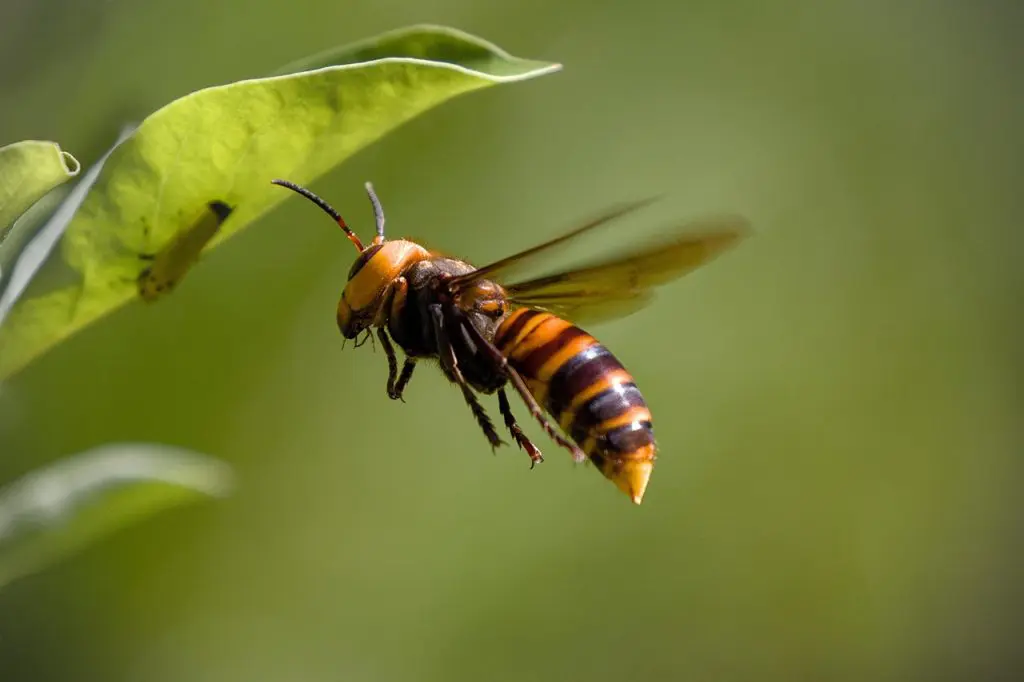
Further Sightings of Asian Hornet Confirmed in Northern Ireland The Northern Ireland Environment Agency (NIEA) has confirmed additional sightings of the invasive Asian hornet (Vespa velutina) in the Dundonald area of Belfast. These reports follow the first confirmed sighting in Northern Ireland, which occurred on Friday, October 10, also in Dundonald. Officials now suspect the […]
The Northern Ireland Environment Agency (NIEA) has confirmed additional sightings of the invasive Asian hornet (Vespa velutina) in the Dundonald area of Belfast. These reports follow the first confirmed sighting in Northern Ireland, which occurred on Friday, October 10, also in Dundonald.
Officials now suspect the presence of a nest in the area and are urging the public to remain vigilant.
The NIEA is now deploying track-and-trace methods to locate and remove any potential nests. Members of the public are asked to report any suspected sightings, ideally with a photograph, via the Asian Hornet Watch app or the CEDaR invasive species online recording tool.
Authorities have stressed that suspected nests should not be disturbed under any circumstances, and sightings should be reported immediately to prevent potential risks.
Also known as the yellow-legged hornet, the Asian hornet is an invasive species native to East Asia, first detected in Europe in 2004. It is a highly efficient predator of insects, particularly honeybees, wasps, and other critical pollinators, such as hoverflies.
The species poses a significant threat to local biodiversity, especially to pollinator populations essential to agriculture and ecosystems.
Earlier in the summer, two nests were discovered and destroyed in the Cork area. These incidents, combined with the recent Northern Ireland sightings, indicate the growing risk of the species becoming established across the island.
Upper Bann MP Carla Lockhart has expressed deep concern over the development. She had previously raised the issue of Northern Ireland lacking a dedicated bee inspector, whose role would be vital in early detection and control of threats like the Asian hornet.
“This invasive species poses a serious threat to our native pollinators, particularly honeybees and wasps, and could have devastating consequences for local biodiversity and agriculture if it becomes established,” she said.
Lockhart added that the hornet has already caused significant problems for beekeepers in parts of Europe, and emphasised that a stronger biosecurity response is urgently needed.
Do not disturb any nests or hornets.
Photograph and report any suspicious insects using:
The Asian Hornet Watch app
The CEDaR invasive species online tool
Be aware of identifying features:
Mostly black body
Yellow tips on legs
A distinct yellow band near the tail end
Size: smaller than the native European hornet
Public cooperation is crucial in preventing the hornet’s establishment in Northern Ireland.
The confirmation of further Asian hornet sightings is a serious development for Northern Ireland’s environment. With efforts underway to locate any nests and prevent the spread of this invasive species, authorities are relying on public awareness and prompt reporting.
The situation underlines the need for enhanced biosecurity measures, a coordinated governmental response, and community engagement to protect native pollinators and maintain ecological balance.
At All-Ireland Sustainability, we’re committed to building a greener, fairer island, together. Stay informed on the latest environmental initiatives, community action, and policy developments shaping sustainability across Ireland, North and South.
👉 Sign up for our newsletter today and be the first to hear about upcoming events, expert insights, and ways to get involved.
Whether you’re a seasoned advocate or just starting your journey, new members are always welcome.
Subscribe now and be part of the All-Ireland Sustainability Membership.